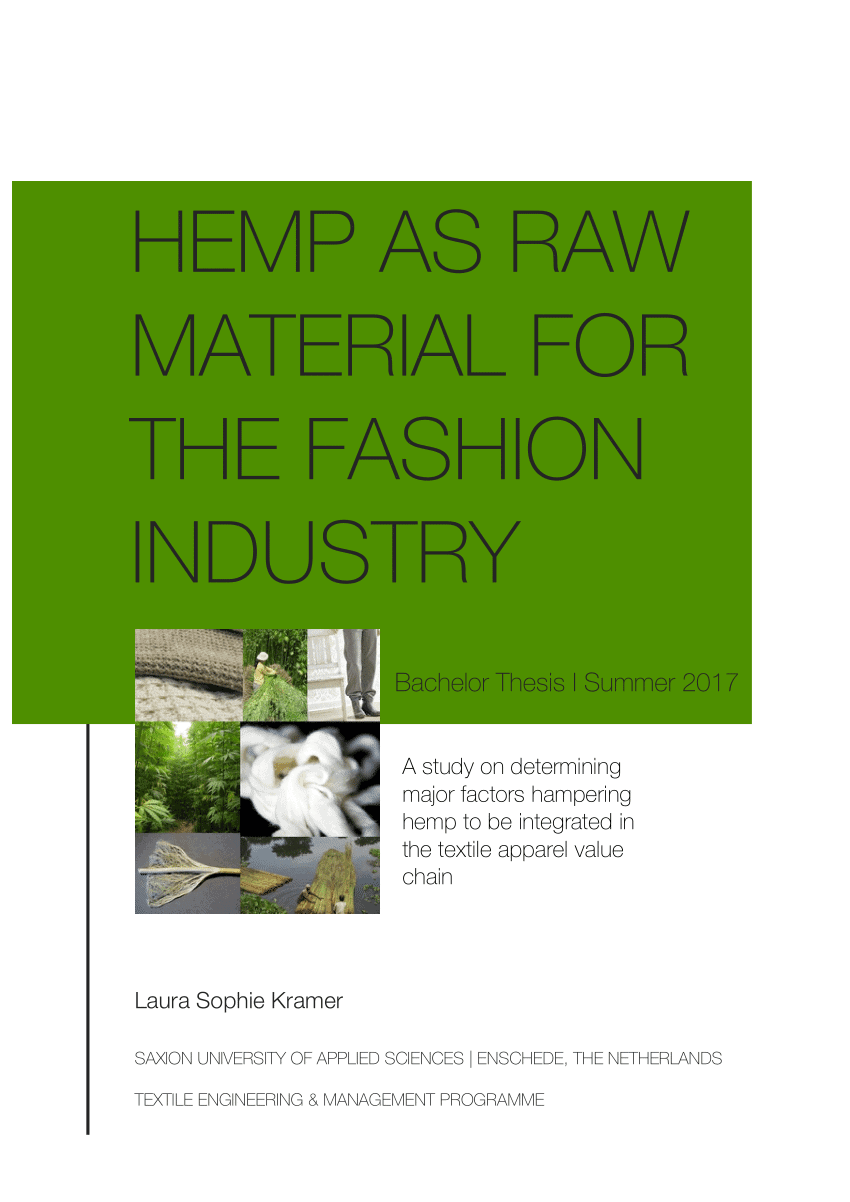You love the comfort and durability of hemp clothing, but have you ever wondered about the differences in quality among various brands and manufacturers? In this article, we will delve into the fascinating world of hemp clothing and explore the variations in quality that exist across different brands and manufacturers. From the texture and durability of the fabric to the attention to detail in stitching and craftsmanship, we will uncover the factors that contribute to the overall quality of hemp clothing. So, if you’re curious about finding the best hemp clothing for your wardrobe, join us on this journey as we navigate through the world of hemp fashion.
Factors Affecting the Quality of Hemp Clothing
When it comes to the quality of hemp clothing, there are several factors that can have a significant impact. From fabric sourcing to finishing and treatment methods, each step in the production process plays a role in determining the final quality of the garment. Understanding these factors is crucial for both consumers and manufacturers in order to make informed decisions and ensure the production of high-quality hemp clothing.
Fabric Sourcing
Fabric sourcing is a critical factor that can greatly influence the quality of hemp clothing. Two main aspects to consider are the type of hemp used (organic vs. conventional) and whether the fabric is pure hemp or blended with other fibers.
Organic hemp is grown without the use of harmful chemicals, pesticides, or synthetic fertilizers. This type of cultivation promotes healthy soil and biodiversity, making it a more sustainable and environmentally friendly option. When it comes to fabric quality, organic hemp is often considered superior due to the absence of chemical residues that can affect the fibers’ strength and durability.
Blended fabrics, on the other hand, combine hemp with other fibers such as cotton or bamboo. While these blends can offer unique benefits, such as increased softness or stretch, they may affect the overall quality of the fabric. The proportion of hemp in the blend, as well as the quality of the other fibers, will determine the final fabric’s characteristics.
Sustainable and ethical sourcing is also an important consideration. It involves ensuring that the hemp used in clothing production is sourced from suppliers who follow responsible practices, such as fair trade agreements and responsible labor practices. Choosing fabrics from sustainable and ethical sources not only supports social and environmental initiatives but also contributes to the overall quality of the clothing.
Fiber Quality
The quality of hemp fibers plays a crucial role in determining the quality of the clothing. Several factors can affect fiber quality, including length, strength, and coarseness.
Hemp fiber length and strength are important for ensuring durability and longevity of the clothing. Longer and stronger fibers are less prone to breaking or fraying, resulting in garments that maintain their shape and integrity over time. These fibers also tend to be softer and more comfortable against the skin.
Coarseness is another factor to consider when evaluating the quality of hemp clothing. Coarse fibers can feel rough and abrasive, which may not be desirable for all types of clothing. However, coarseness can also add texture and durability to certain garments, making it a matter of personal preference and intended use.
Purity is another aspect of fiber quality. Pure hemp fibers are free from impurities or contaminants, maximizing their potential for producing high-quality clothing. The presence of foreign matter or subpar fibers can negatively impact the fabric’s strength, texture, and overall quality.
Weaving and Knitting Techniques
The way hemp fibers are woven or knitted together also affects the quality of the fabric. Different weaving techniques can create variations in fabric characteristics such as breathability, strength, and drape.
The weave type used impacts fabric quality by determining its breathability and texture. Tighter weaves, such as plain weaves, create a denser and more durable fabric that is less prone to snagging or tearing. On the other hand, looser weaves, such as leno or twill, allow for better airflow and moisture absorption, making them suitable for lightweight and breathable clothing.
Knitting techniques also play a role in fabric quality, particularly in terms of stretch and elasticity. Different knitting patterns and stitch densities affect the fabric’s ability to stretch and recover, directly impacting the comfort and fit of the garment.
The alignment of warp and weft threads is another factor that can affect fabric quality. Proper alignment ensures a consistent texture and appearance across the fabric, reflecting attention to detail and high-quality craftsmanship.
Dyeing and Printing Processes
The methods used for dyeing and printing hemp clothing can greatly influence its quality, appearance, and longevity. There are two main categories of dyeing methods: natural dyeing and chemical dyeing.
Natural dyeing involves using dyes derived from plant, mineral, or animal sources. This method is often considered more environmentally friendly and can result in unique, earthy color variations. However, natural dyes may fade faster than chemical dyes, leading to potential color loss or unevenness over time.
Chemical dyeing, on the other hand, utilizes synthetic dyes that are specifically formulated for textiles. These dyes offer a wider range of vibrant and long-lasting colors. However, there are concerns regarding the environmental impact of chemical dyes, as they can potentially release harmful substances into water systems during the dyeing process.
The quality of printed designs is another consideration when evaluating the overall quality of hemp clothing. Factors such as sharpness, color accuracy, and durability of printed designs can greatly impact the garment’s aesthetic appeal and visual longevity.
Finishing and Treatment Methods
The finishing and treatment methods applied to hemp clothing before it reaches the market can significantly affect its quality and performance.
Pre-washing and shrinking processes are commonly used to minimize shrinkage after the first wash. Proper pre-washing and shrinking techniques help ensure that the garment maintains its shape and size throughout its lifespan.
Mechanical softening techniques, such as enzyme washing or stone washing, can enhance the fabric’s softness and drape. However, excessive or improper use of these techniques can weaken the fibers or cause premature wear and tear.
Chemical treatments, such as anti-wrinkle, stain resistance, or flame retardant finishes, can also impact fabric quality. While these treatments may offer certain benefits, they can alter the fabric’s natural characteristics and potentially introduce harmful substances into the clothing.
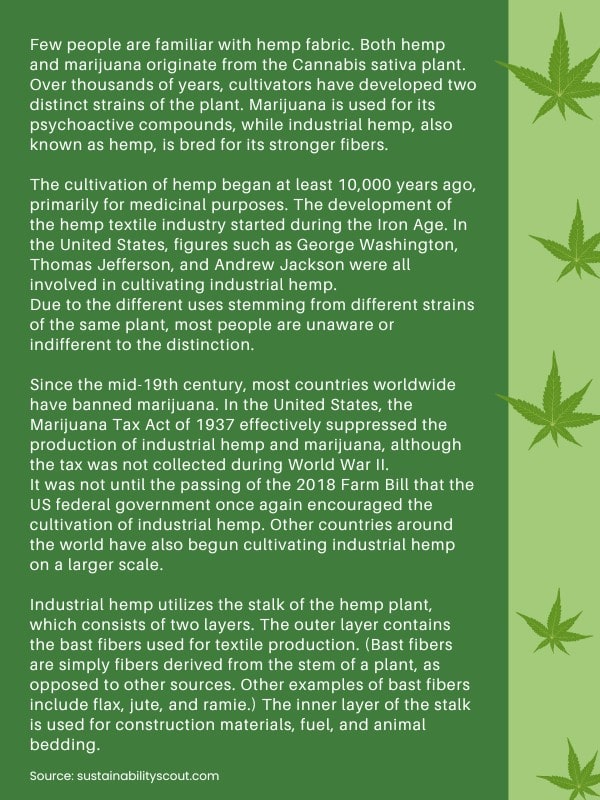
This image is property of wellfabric.com.
Environmental Impact and Sustainability
The production of hemp clothing also has a significant environmental impact, and sustainability considerations are crucial for both manufacturers and consumers.
Certifications and standards, such as Global Organic Textile Standard (GOTS) or Oeko-Tex Standard 100, can provide assurance that the clothing meets specific environmental and social criteria. These certifications ensure that the clothing is produced without the use of harmful chemicals, promotes ethical labor practices, and reduces its impact on the environment.
Water and energy consumption is another important aspect to consider. Hemp, known for its efficient water usage, requires less irrigation compared to other crops. However, the overall water and energy consumption during the manufacturing process, including dyeing and finishing, should be taken into account to reduce the environmental footprint.
Waste and pollution management is also crucial for sustainable hemp clothing production. Proper waste disposal and treatment of wastewater can minimize the negative impact on the environment.
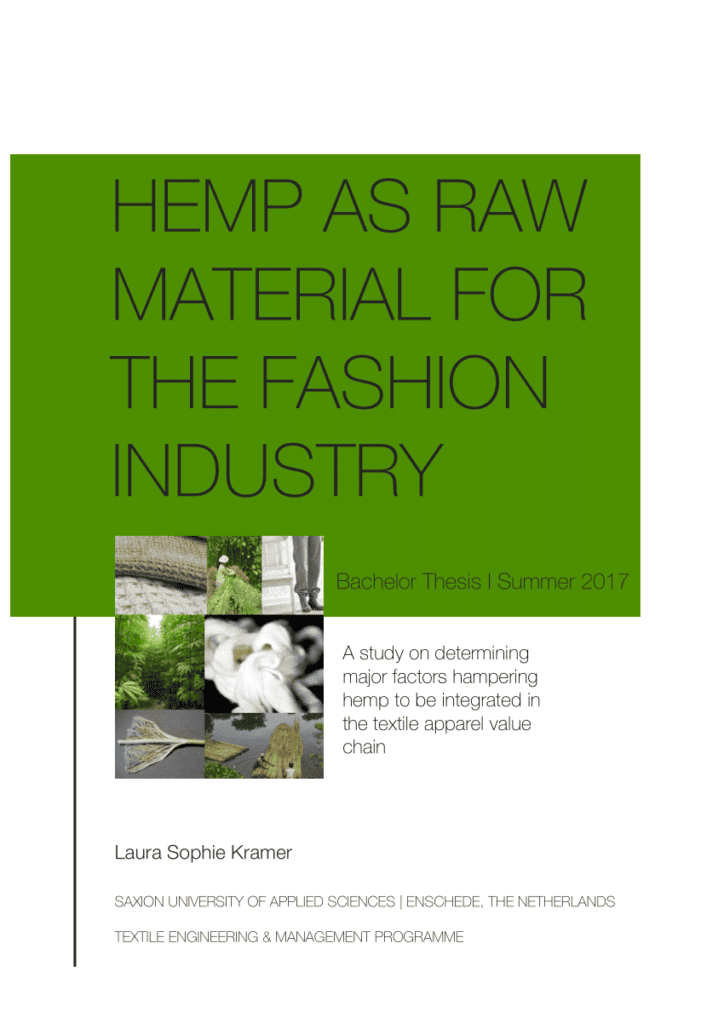
This image is property of i1.rgstatic.net.
Customer Reviews and Feedback
Customer reviews and feedback provide valuable insights into the quality of hemp clothing across brands and manufacturers. Online platforms, such as websites, online retailers, and social media platforms, offer a wealth of information from real customers who have purchased and worn the clothing.
Websites and online retailers often feature customer reviews where individuals share their experiences, including fabric quality, fit, and overall satisfaction. These reviews can help potential buyers make informed decisions and assess the quality of different brands or manufacturers.
Social media platforms have become a valuable source of customer feedback, as individuals can share their experiences in real time and showcase the clothing through photos or videos. By browsing relevant hashtags or following specific accounts, you can gain a better understanding of the quality and performance of hemp clothing in different contexts.
Independent review websites dedicated to sustainable fashion or specific clothing categories can also offer unbiased opinions and in-depth evaluations of various brands and their hemp clothing offerings. These websites often conduct extensive research and testing to provide comprehensive reviews, allowing consumers to make informed choices.
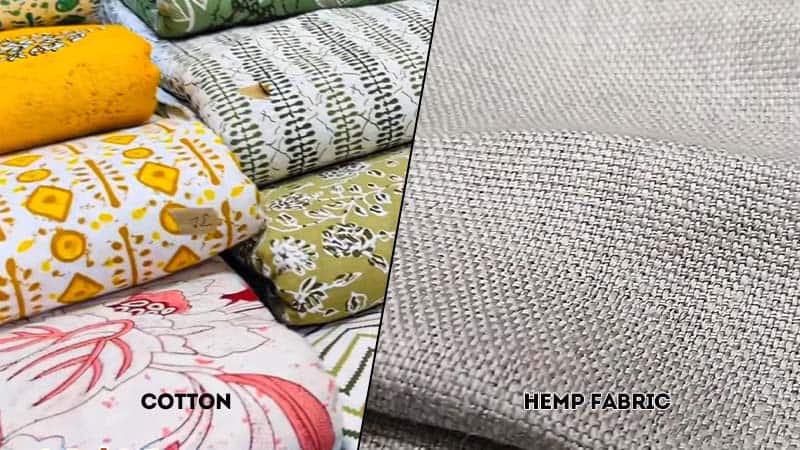
This image is property of www.waynearthurgallery.com.
Price Range and Brand Reputation
Price range and brand reputation are additional factors to consider when assessing the quality of hemp clothing. Although price does not always guarantee quality, it can be an indicator of the manufacturing and sourcing standards.
Evaluating the price-quality ratio involves considering the fabric sourcing, fiber quality, production techniques, and overall craftsmanship. Higher-priced hemp clothing may reflect higher-quality materials, attention to detail, and ethical practices throughout the supply chain.
Luxury brands, renowned for their emphasis on quality and craftsmanship, may offer high-end hemp clothing options. These brands often have established reputations for delivering premium products and may offer additional benefits such as unique designs or limited editions.
Budget brands, while more affordable, can still provide good-quality hemp clothing options. They may focus on delivering basic, everyday garments with an emphasis on value for money. However, it is important to research the brand’s reputation and consider customer reviews to ensure consistent quality and performance.
Public perception and brand reputation can also influence the perceived quality of hemp clothing. Brands that have a track record of delivering high-quality, sustainable products may be more trusted and preferred by consumers. Online research, brand websites, and customer testimonials can provide insights into a brand’s reputation and product quality.
This image is property of qph.cf2.quoracdn.net.
Conclusion
The quality of hemp clothing can vary significantly among different brands and manufacturers. Factors such as fabric sourcing, fiber quality, weaving and knitting techniques, dyeing and printing processes, and finishing and treatment methods all impact the final product. Environmental impact and sustainability considerations, as well as customer reviews, price range, and brand reputation, are also important factors to consider.
To ensure the production and purchase of high-quality hemp clothing, it is crucial to research and evaluate these factors. By understanding the nuances of each step in the production process and considering your own preferences and priorities, you can make informed decisions and support brands that align with your values.
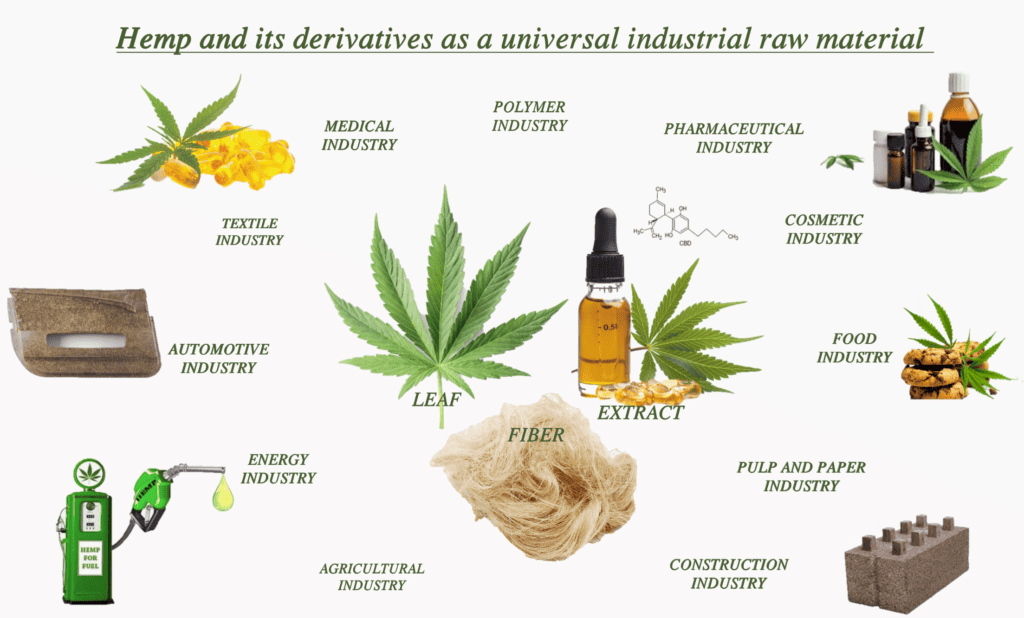
This image is property of pub.mdpi-res.com.
Recent Posts
Discover how bubble hash is rated on a 1 to 6 scale. From texture and color to aroma and potency, learn the key factors that determine the quality of bubble hash. Whether you're a seasoned cannabis...
Looking to learn about the most popular style of hash? This article explores the different types, from traditional to bubble hash, and reveals the people's favorite. Join us on a journey through the...

